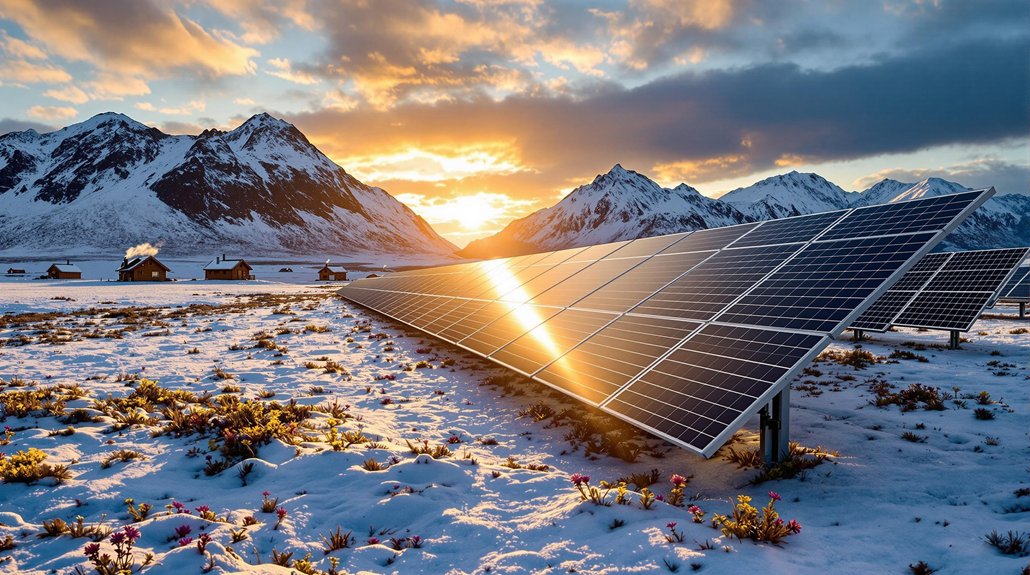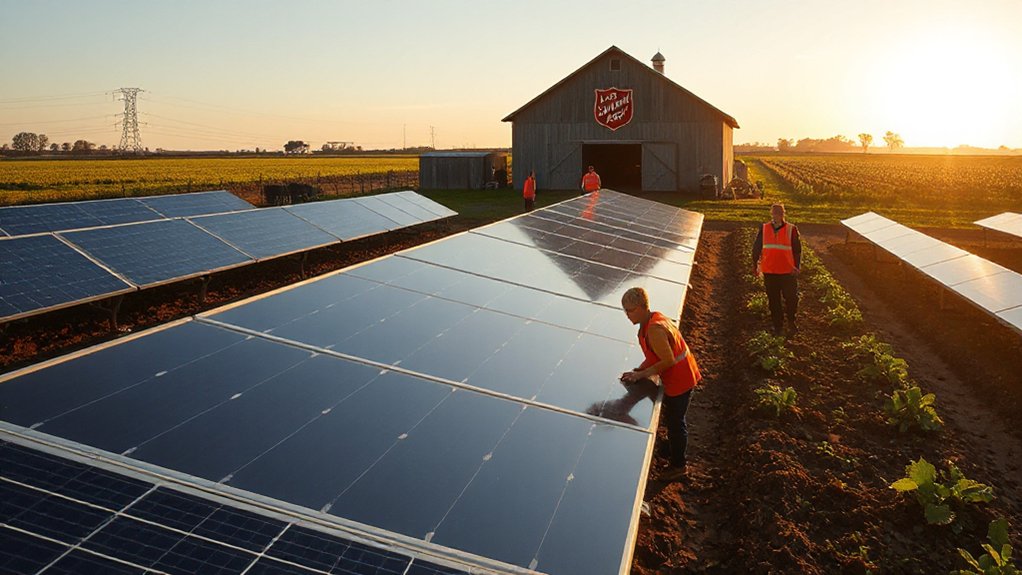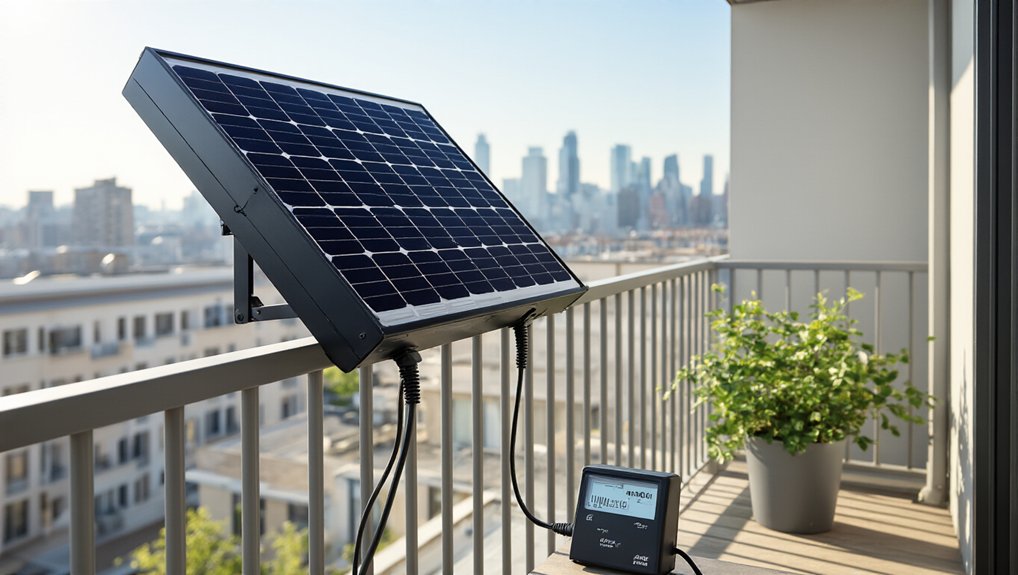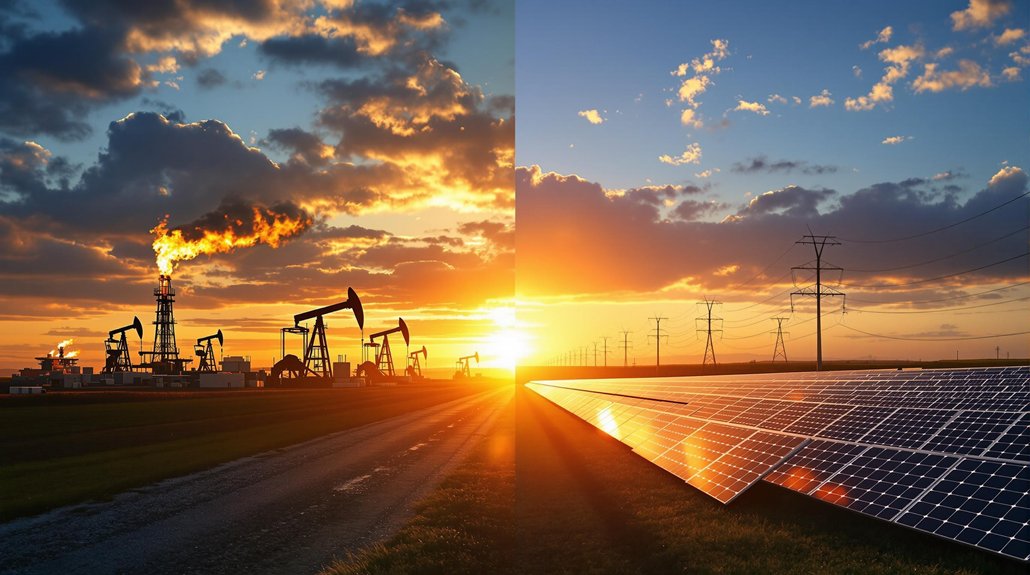Alaska’s solar industry is breaking records despite its northern location. In 2023, the state produced 24 GWh of solar energy, more than all years before 2021 combined. With 32 MW of installed capacity, solar now powers nearly 3,900 homes and makes up 0.41% of Alaska’s electricity. The midnight sun provides a unique advantage for solar generation. What’s driving this unexpected boom in America’s coldest state?
Despite its reputation for long, dark winters, Alaska is experiencing a remarkable surge in solar energy production. The Last Frontier state reached a record 24 GWh of solar energy in 2023, surpassing all solar output before 2021 combined. This represents a dramatic increase from just 4.1 GWh in 2019, showing how quickly solar is growing in this northern state.
Alaska currently has 32 MW of solar capacity installed, enough to power nearly 3,900 homes across the state. While this ranks 51st nationally, it marks a 42% increase in solar deployment over the past decade. The state is projected to add another 25 MW in the next five years as more communities embrace solar technology. Similar to Louisiana’s solar sector, which employs 3,308 workers, Alaska’s industry is creating sustainable job growth in rural and urban areas alike.
Alaska’s solar capacity may be modest, but its 42% growth over a decade signals strong momentum for clean energy in the northernmost state.
Solar energy now accounts for 0.41% of Alaska’s electricity, a small but growing share that’s helping reduce dependence on imported fuels. This growth can power an additional 13,196 households annually, boosting access to renewable energy across the state. This is especially important in rural and remote areas where fuel costs are high. During extended daylight months, solar installations support grid stability and align with peak generation periods when energy is most needed.
Battery storage has become an essential partner to solar growth in Alaska. From having no reported battery capacity before 2014, Alaska now ranks 12th nationally with 90 MW of storage. These batteries help integrate solar power by providing backup during low-sun periods and enhancing the reliability of microgrids in Arctic regions.
The economic impact of solar is also growing, with total investment reaching $75 million as of late 2024. The state now supports 14 solar businesses, including installers, developers, and service providers. This industry growth is creating new jobs in installation, maintenance, and engineering.
The Alaska Regulatory Commission oversees electricity rates and services, while the State Energy Authority provides resources for renewable expansion. The NREL PVWatts™ Viewer is frequently used by developers to estimate potential solar energy production across different Alaskan locations. As policy initiatives continue to support both grid-connected and off-grid projects, Alaska’s solar industry is proving that even in the far north, the midnight sun can power a clean energy future.








